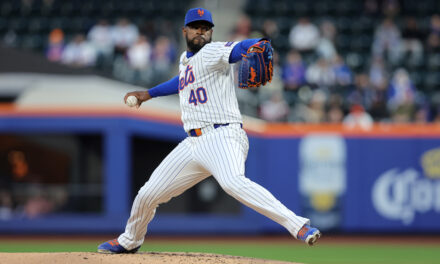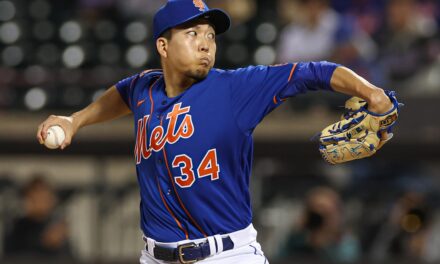
The MLB season is only 50 days away, and with that will come some brand new rules the league is rolling out for the 2023 season. As a refresher, here are the three big changes we will be seeing this upcoming season.
Pitch Timer
To help increase pace of play, MLB will implement a 30-second timer between batters and a shorter time limit between pitches. Pitchers must now begin their motion 15 seconds after receiving the ball when there is no one on base, and 20 seconds after getting the ball with runners on. If they run out of time, they will be charged with an automatic ball. Pitchers also can only “disengage” from the mound two times during an at-bat with a runner on first base, which applies to both pick-off attempts and step offs. If a pitcher steps off or attempts a pick off a third time, it is treated as a balk.
Hitters, meanwhile, must be in the batter’s box ready to hit by the eight-second mark on the clock, or they will receive a strike. Batters also will only receive one time out per plate appearance.
Shift Changes
No longer will we see exaggerated shifts meant to limit pull hitters or take away hits up the middle. Teams must now have four players on the infield at all times, with two players on each side of second base. As an added wrinkle, shift violations will be subject to replay review.
In the minor leagues a season ago, shift changes resulted in an increase in batting average overall, from .247 to .249.
Larger Bases
Bases will also be bigger than they were in the past, which is meant to allow for more room to avoid collisions between hitters and fielders. Home plate will be unchanged, but first, second, and third bases will now be 18 inches on each side, as opposed to the previous 15 inches on each side. Bigger bases may also help increase the running game, giving base stealers a slight advantage.
The new rules will start during spring training to give teams time to adjust to the new rules and will then be in place on Opening Day and throughout the entire season, including the 2023 playoffs. In the minor leagues, the new rules resulted in faster games, a higher batting average, and more steals, but it remains to be seen if they will have a similar effect on the big-league product.















